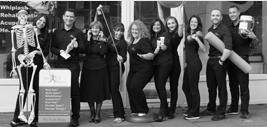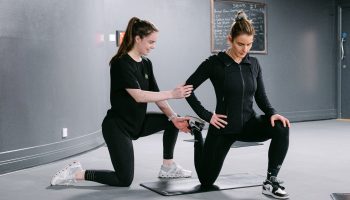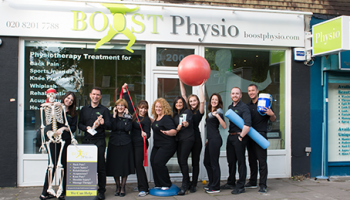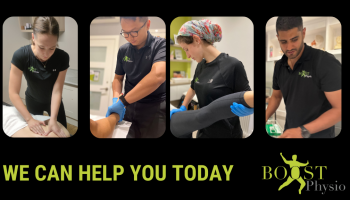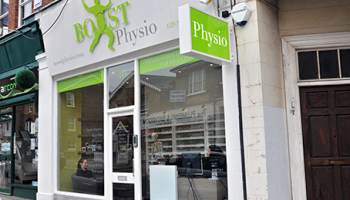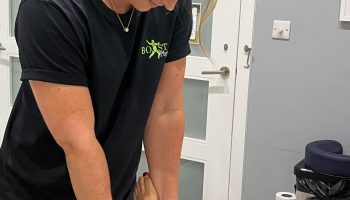Child or Adult with Hypermobility and in Pain?
Hypermobility is when all or some of your joints move more than the usual normal range of motion. Usually this doesn’t cause any problems, but if you do have pain in your hypermobile joints- then you may suffer from Hypermobility Syndrome.
Did you know that hypermobility diminishes with age, is 3 times more likely to affect women than men and has higher prevalence in Asian and African ethnicities compared to that of Caucasian ethnicity.
How do you know if you are hypermobile or have hypermobilty syndrome?
- Do your joints click a lot?
- Do you constantly seem to injure yourself easily (like spraining your ankle or repetitive strain injuries)?
- Do you find your body is more flexible than others (or used to be when you were a child)?
- Can you place your hands flat on the floor without bending your knees or do the splits (or could you when you were younger)?
- Do you consider yourself double jointed?
- Is your skin stretchy/ take a long time to heal?
- Do you have joint pain?
- Are you resistant to anaesthetics (like when you go to the dentist)?
If you answered yes to 3/5 of these and you are suffering with longstanding pain, come and discuss this with us.
Senior BOOST Physiotherapist Jolene Sher has an interest in dealing with cases of Hypermobility.
Being hypermobile is not a problem. Only if it affects your quality of life or brings you excessive pain that intervention may be necessary.
What do you do if you are hypermobile or have hypermobility syndrome?
The best treatment is through appropriate LIFESTYLE CHANGES and strengthening exercises to improve the muscles that support your joints.
This can be best achieved with appropriate assessment and treatment with your physiotherapist.
Examples of what you and your physiotherapist can work on is:
- Posture and correct positioning (e.g. at work)
- Incorporating gentle suitable exercise into your daily life
- Core stability and balance training
- Appropriate management of acute painful flare ups (with the doctor’s or physiotherapist’s help)
- Referral to a doctor for medication (if necessary).
- Self help: knowing your limitations (‘do’s and don’ts’). Learning to listen to your body.
REFERENCES:
- Joint Hypermobilty. Hakim A, Grahame R; Best Practice and Research Clinical Rheumatology Vol 17, No 6 pp 989-1004, 2003
Hypermobility and the hypermobility syndrome. Simmonds JV, Keer RJ; Manual Therapy 12 pp 298–309, 2007


Mon-Thurs 8am-9pm
Fri 8am-3pm
Sat/Sun 9am-6pm

BOOST PHYSIO works with major insurance companies like: BUPA, AVIVA, WPA, CIGNA and Simplyhealth. We usually deal directly with your insurance company.




